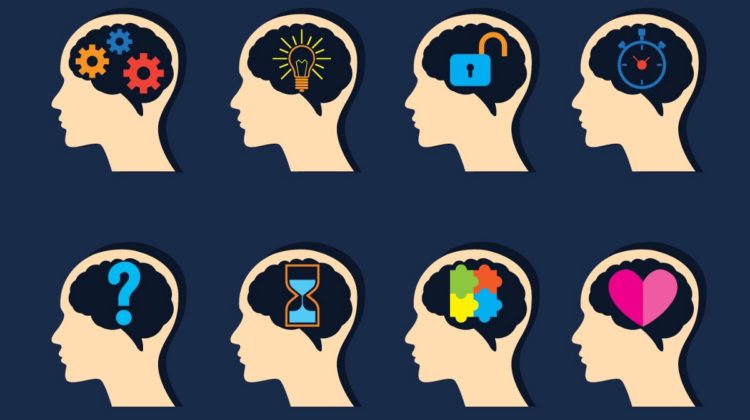
When we dream, it’s as if our mind is acting in a theater of illusions, attempting to make sense of our experiences in life. Is this where the communication arts are heading? A neurologist once did a study where he remotely tapped on a participants body in different locations, in patterns, with a specially rigged jacket. This was in an attempt to convey complex messages to them from a far and it worked. In this example, our body allows us to communicate with touch, not just with sound or sight. Imagine if all our senses were interfaced with a computer, such as feelings of gravity, resistance, taste and smell. I as a media designer could design a meal for example.
Where it gets interesting is when we use a brain interface to instantly think up a design for a virtual meal and then give it to someone on the spot. That is an interesting form of communication. Immersive technologies, like AR/VR, give us the potential opportunity to understand and communicate these dream like illusions to one another. In the process of study, we may discover the tools to create an entirely new language superior to our written word. A language based on all our experiences of reality, not just that of sight and sound. Although this is a tempting suggestion, we must take into consideration the holes already punctured into the fragility of digital media. Is this the right direction for us?
Music technologists used to warn that we can’t stop digital piracy because there is always that space in-between the device and the users ears that can be captured. As in, we can record music with a microphone pointed at a stereo. In the purely digital world this “in-between” is even more worrisome, but in a bit of a different way. Any type of digital media is plastic because it can be manipulated almost to no end, instantly. The AI in photoshop can be used to fabricate images in very convincing ways. This can also be done with video. Deep Fakes are media that represent something happening that never did. Imagine this concept applied to immersive media where you exist in a manufactured world. How are we to believe anything is really what it seems.
If I present something to you, is what you are seeing, what I’ve chosen to show you? Today that answer may be yes but what about tomorrow? The trust in the messages conveyed between the digital divide is based on faith and cross examination but without privacy it wouldn’t be impossible someday for AI algorithms to control the psychological flow of traffic in the world purely through the art of suggestion. AI is a learning machine and it creates its own solutions, we merely create tasks for it. Its people that want you to “buy this”, “vote for such and such.” It also makes mistakes though and the less we trust it the more we won’t want to use it. This seems to be increasingly the case, for me at least.
With digital, there is no such thing as authenticity. You are trusting that it is what it is. I feel eventually no matter how convincing it may seem, what we are experiencing through media could be something engineered against our best interests in some way. Even if one doesn’t care about the big picture, when it is proven that media can be changed like this, it loses validity and in our minds our trust in it erodes. We cannot deny the existence of deep fakes and fake news, or foretell the future of AI rewriting what we read on websites in a highly personalized way. Even reading a horoscope online could result in suggestions that some people take too seriously. Going online already feels like a creepy mind read to me at times, maybe you’ve had a similar experience?
We have the ability to determine the difference between right and wrong in our own lives and that is independent of whatever suggestions or orders we are given. Regardless, we know that as a society, most lack the decision making authority that our governments and corporate digital service providers wield over topics important to the future of our species. We can only judge the state of the world and express our own approval or disapproval. Something we must ask those in power is, why do we constantly buy into the digital medium with the entire infrastructure of society at large, with it being so flawed? Ultimately, we will depend on it with no way out. Eventually we will see that investing in illusions is like throwing our work into a futile void with results outside of our control. I don’t think anyone with good intentions wants this to happen. Shutting off this pipeline to our psyche may be the answer to regaining our balance with the “real world.”
With these considerations, it seems as though a renaissance in our investment in the physical world is in order. The time to start thinking about solutions is now. We’re heading in the wrong direction, we need more physicality in media than we have today. I’m not going to suggest all the new ways to manifest digital media in physical form. I wouldn’t know where to start. Calligraphy and Phonograph Records, some have said jokingly. I do see digital as a good creative tool, just not as the best medium for communication in and of itself. Once this pandemic comes to a close, we should get outside and smell the flowers, go to an art opening, a poetry reading, an opera, or see a jazz group play live. Anything, that gets us more in touch with art, culture, and the humanities. The less plastic in our media, the more organic our experiences of life.
